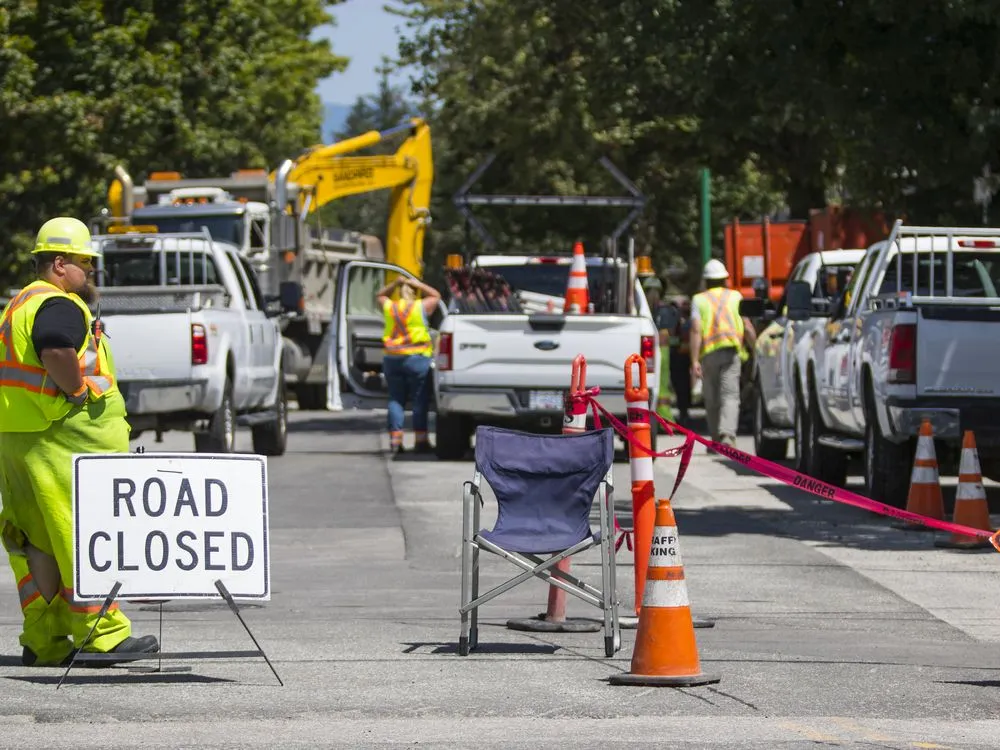Cities, for instance, busy cities such as Vancouver, can be spots of frenzy that contain even its daily traffic gridlock. In cities like Vancouver, traffic management aims to alleviate congestion, ensuring equitable, efficient transportation by integrating engineering, economics, and psychology. At the heart of this puzzle lies a comprehensive Traffic Management Plan in Vancouver, BC—a roadmap defining the city’s functionality and developmental trajectory. For the managers of traffic and local businessmen, it is not only about the feeling of comfort or the possibility to be excluded but is a significant part of urban ecology.
Understanding Traffic Management
To minimize urban congestion in cities such as Vancouver, a multi-pronged traffic management strategy is indispensable. This way, it enables the safe and equitable movement of all the people with the use of psychology and engineering so as to improve the experience. In addition, by relieving congestion and decreasing emissions it is beneficial to the economy and environment. Besides that, these measures contribute to efforts of greening our city. Basically, these endeavors are aimed at the reconciliation of environmental objectives and an effective transportation system, which lays the foundation for green-friendly city development.
Key Components of an Effective Traffic Management Plan
Creating a comprehensive and effective traffic management plan for Vancouver requires identifying and focusing on critical success factors.
Data-Driven Decision Making
It is the basis of the traffic management plan of any success. Traffic data must be reliable and updated. As smart Technologies in Advance the cities such as Vancouver, they can now collect data on the flows of traffic, congestion points, and usage patterns which can direct their decision-making.
Infrastructure Improvements
The streets of Vancouver, serving as crucial components of its transportation network, need continuous revitalization to support the growing population. Enhancements to roads, intersections, and traffic control systems significantly improve the city’s traffic management.
Public Transportation and Alternative Modes
Allowing for a preferential use of public transport, bicycles and walking can drastically decrease traffic jam. Vancouver needs to focus on the extension and the refinement of its public transportation network, making it tightly connected with other ways of traveling in order to create a comprehensive system to solve the mobility issues of the city.
Technological Innovations
To ensure the success of a traffic management plan, engaging the local community is crucial. Consequently, incorporating their feedback leads to more comprehensive solutions that meet specific needs. Thus, this collaborative approach fosters practical, community-supported strategies for effective traffic control.
Community Support and Engagement
If a traffic management plan is to be effective, it must have the full backing and involvement of the local community. Involving residents and businesses in this process leads to better and more effective solutions that meet the needs of society.
Challenges and Solutions
The route to a perfect traffic management plan in Vancouver is full of hurdles but each hurdle opens opportunities for creativity and cooperation. By identifying and tackling the problems directly, the city can lead the path to a sustainable traffic future.
Overcoming Resistance to Change
Change is hardly ever straightforward, especially when it relates to well-established traffic patterns and infrastructure. Nevertheless, the city can overcome the resistance to change if it puts forward clear and transparent communication plans as well as pilot programs to demonstrate that the new traffic management techniques work.
Balancing Stakeholder Interests
The balance among stakeholders of the Vancouver’s traffic plan are dynamic. The city will continually engage in dialogues and compromise to avoid losing any party. This method leads to an inclusive policy, which recognizes the reasonable requirements in traffic management for a better strategy.
Financial Constraints
Conducting a comprehensive traffic program in Vancouver needs funding. As a result, the examination of the public-private partnerships and the grants is critical for financing the vital transport projects as it leads to the development of the traffic system that is efficient and environmentally friendly.
Next Steps for Vancouver
Armed with insights from successful models and prepared to meet and overcome challenges, Vancouver’s next move is to translate this knowledge into concrete action.
Short-Term Objectives
The city of Vancouver should first improve traffic flow at the main intersections to improve traffic and decrease congestion. Moreover, implementing bus lanes in heavily populated areas and modifying traffic signals would further improve the transit system.
Long-Term Vision
To facilitate the sustainable growth of the city, preference must be given to community buses and car sharing. A survivability model also includes the provision of better pedestrian and bicycle infrastructure and the employment of urban design planning.
For more insights and updates on traffic management solutions and city planning efforts, visit here for related posts.
Understanding The Importance Of Ranking In Search Engine Optimization(Opens in a new browser tab)
Conclusion
In summary, the proper traffic management system is what ultimately allows the urban region to develop peacefully and sustainably. By applying the principles and methods orchestrated above Vancouver will design a budget that outlines a path to a leading, industrious and shining municipality. The city workers and the people who want to be part of the society are those too, who will be there every step of the way. Not only is that an obligation but it is also a chance to create a better future for all the people who live in Vancouver.
